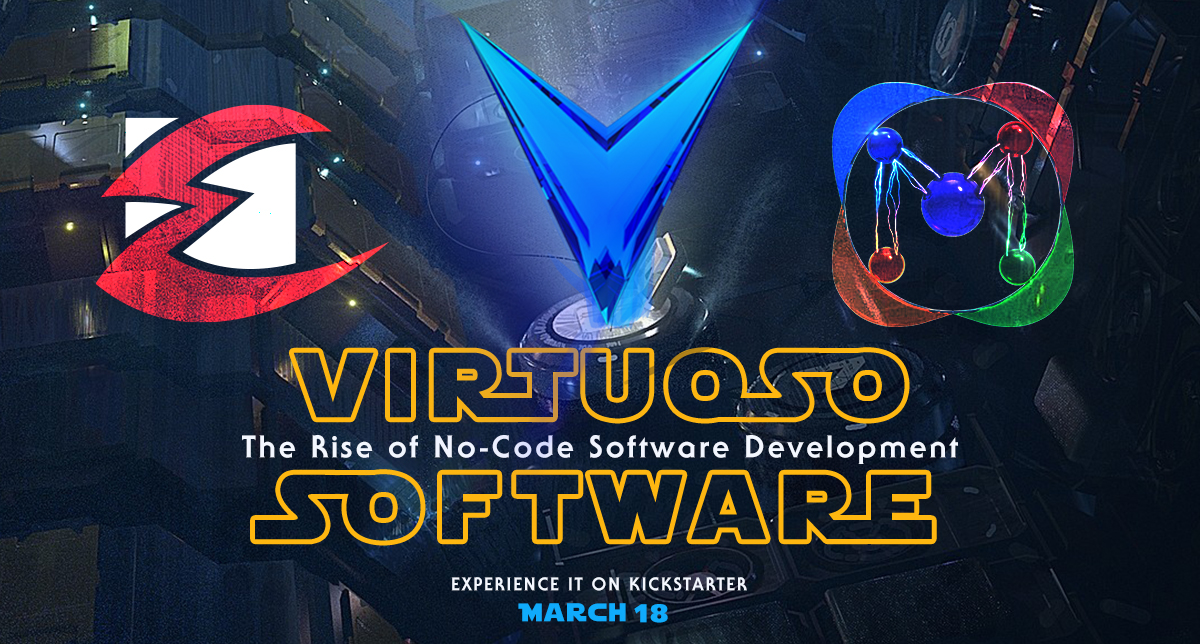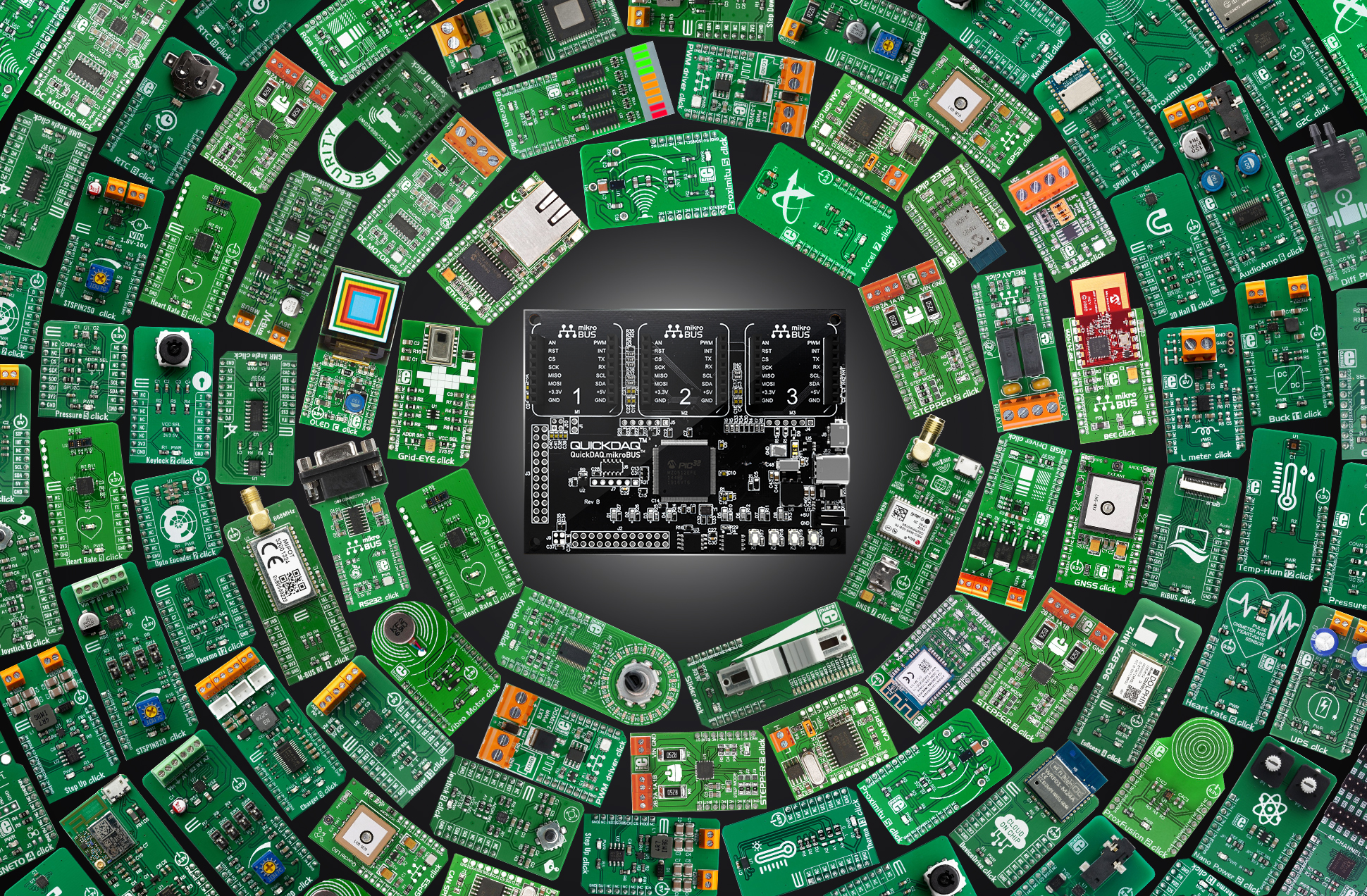by Jonathan Torkelson
Share This Story, Choose Your Platform!

No-Code and Low-Code software platforms may be the next wave of software innovation that you haven’t heard about yet. The article below from IEEE Spectrum Magazine shows just how rapidly the popularity of these platforms is growing. Per the research quoted from Gartner, “low-code application development (which also encompasses no-code) will make up more than 65 percent of application development activity by 2024, with three-quarters of large enterprises using at least four low-code development tools.”
Our team has anticipated this and has been working hard to support this trend with the development of Virtuoso for many years. Virtuoso is a framework that allows No/Low-Code platforms to be easily developed using a state of the art “Node-Based Visual Programming” environment. Think of node-based visual programming as a high-level representation of anything using configurable nodes and connections between the nodes. When used to build fully formed applications, this functions as a 4th– or 5th-Generation Language (4GL/5GL), compared to standard 3GL’s such as C# and Java.
The Virtuoso “Core Framework” provides the high-quality node-based visual programming environment out of the box, so it doesn’t need to be reinvented. It’s designed to be extended to provide the high level of abstraction to any existing 3GL IDE and toolsets. Virtuoso doesn’t seek to replace existing tools, but to extend low-code to those tools using a common framework. This is important, because some low-code platforms exclude the 3GL part of the development process, which significantly reduces flexibility and contributes to “vendor lock-in” of the low-code platform. Most low-code platforms are hosted in a runtime on the cloud, which incurs latencies and bandwidth limitations that are unacceptable for a large number of applications. The output stage of any Virtuoso low-code platform is a fully formed 3GL project which can be built and run as-is or modified in code. So even if a developer can’t find a low-code component to do what they want, they can always do it directly in the underlying 3GL.

Virtuoso ecosystems are strongly supported by a state of the art package management technology, called Montage. Anyone who wishes to build a low-code platform can release their host plugin to Montage, and users will be able to easily find and install the low-code platform. From there, anyone can convert their existing 3GL libraries to Virtuoso 4GL components and share them on Montage. Thus, the scalability of the platform is unlimited. Virtuoso low-code platforms are explicitly designed to be community-driven, granularly expanded by individual contributions of port and node definitions that can reference other community port and node definitions.
And if all that wasn’t exciting enough, Montage also allows package authors to license and sell premium packages if they so desire. The Montage platform supports effortless product definition and license management, so authors need to do little more than provide a bank account. No website or payment gateway setup needed.
The diverse requirements for low-code platforms will result in fragmentation and proliferation of platforms, there is no avoiding it. Virtuoso is designed to provide the low-code community with a powerful and common framework for handling the mechanics of node-based visual programming, hosted on a package exchange platform that supports unlimited scalability.
Both Virtuoso and Montage are scheduled for full production release in Q3 of 2020.
Virtuoso Software:
https://www.virtuoso-software.com
Montage Software:
https://www.montage-software.com
Embeddetech:
For educational and commercial sales, or media publication rights and inquiries contact:
Jonathan Torkelson
Direct: 918 813-4941
Email: jtorkelson@embeddetech.com
STAY IN THE LOOP


